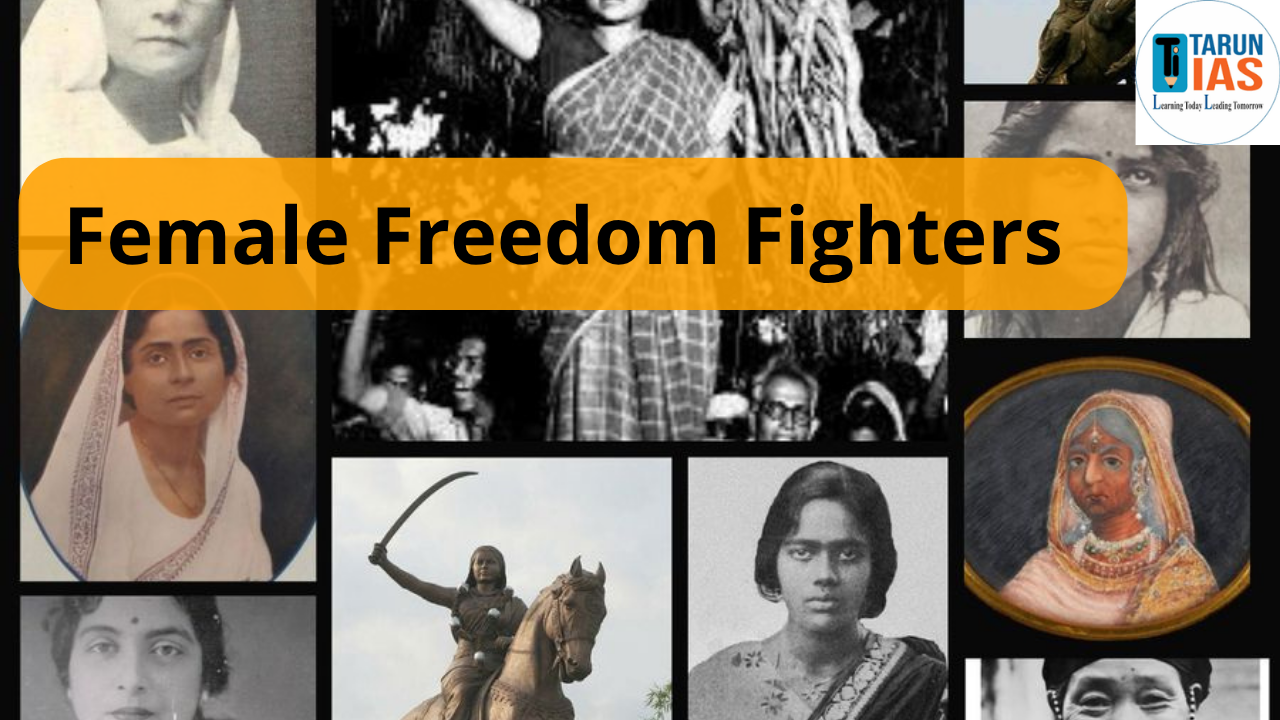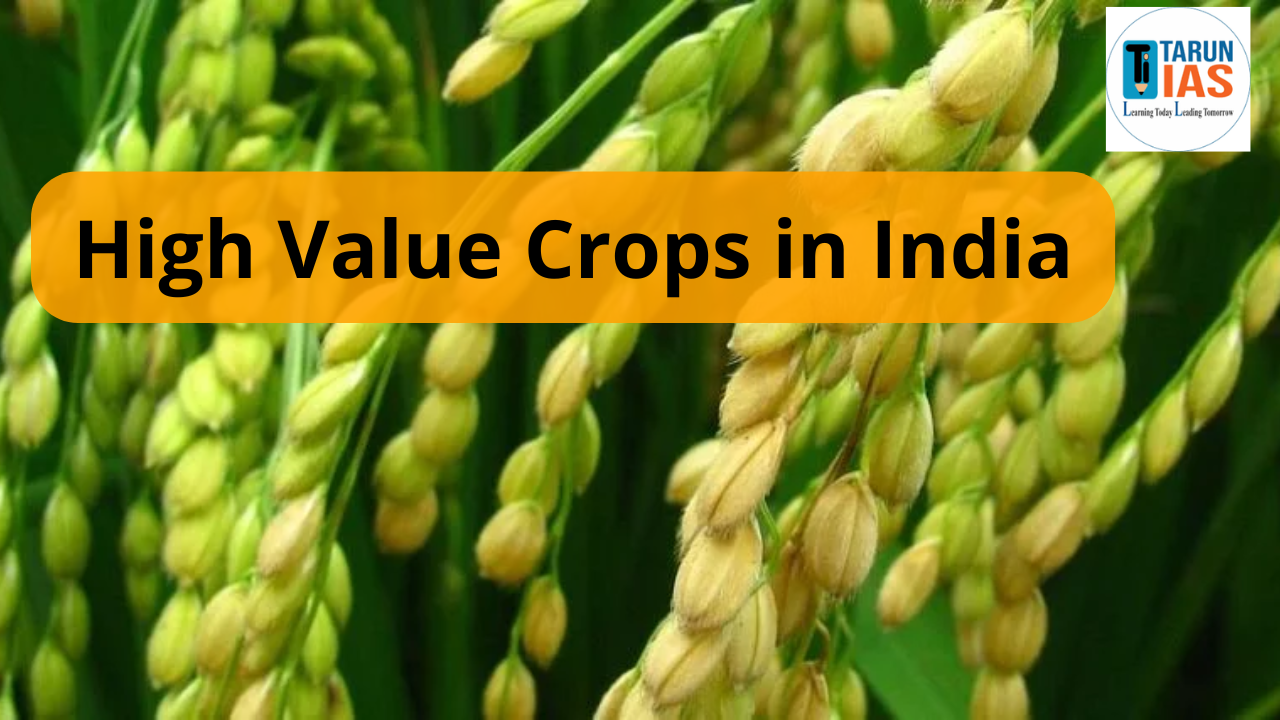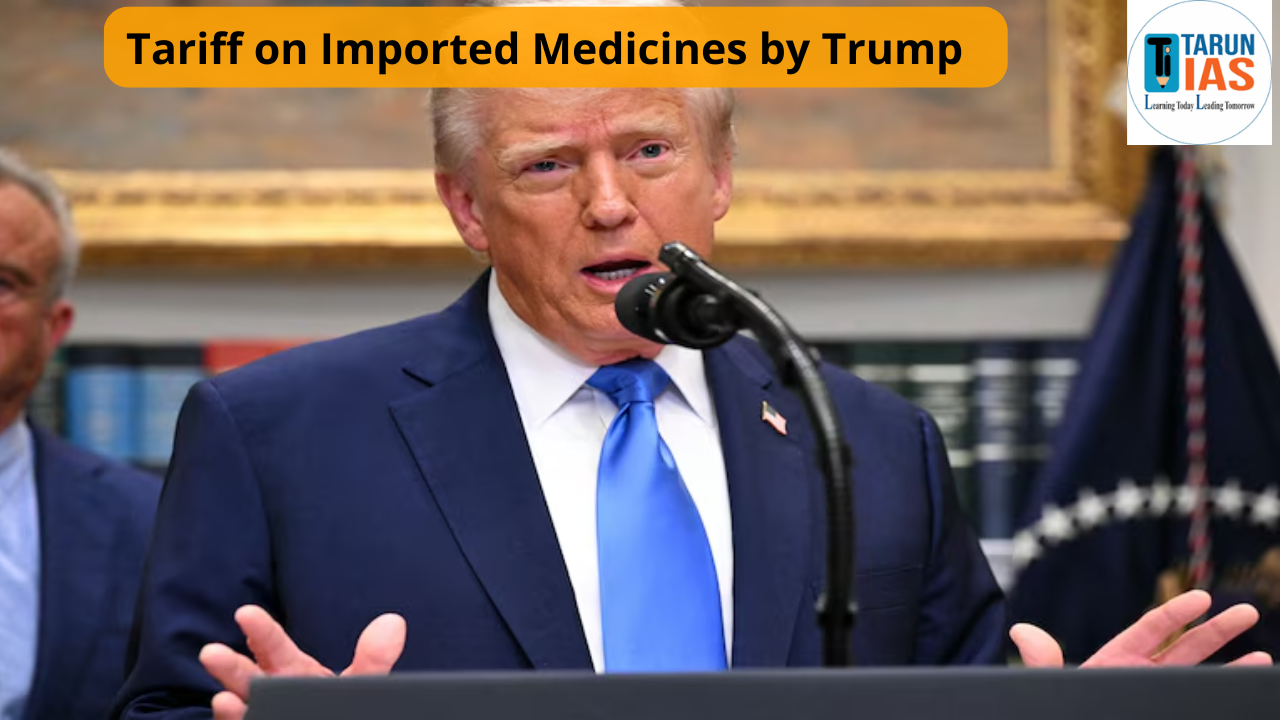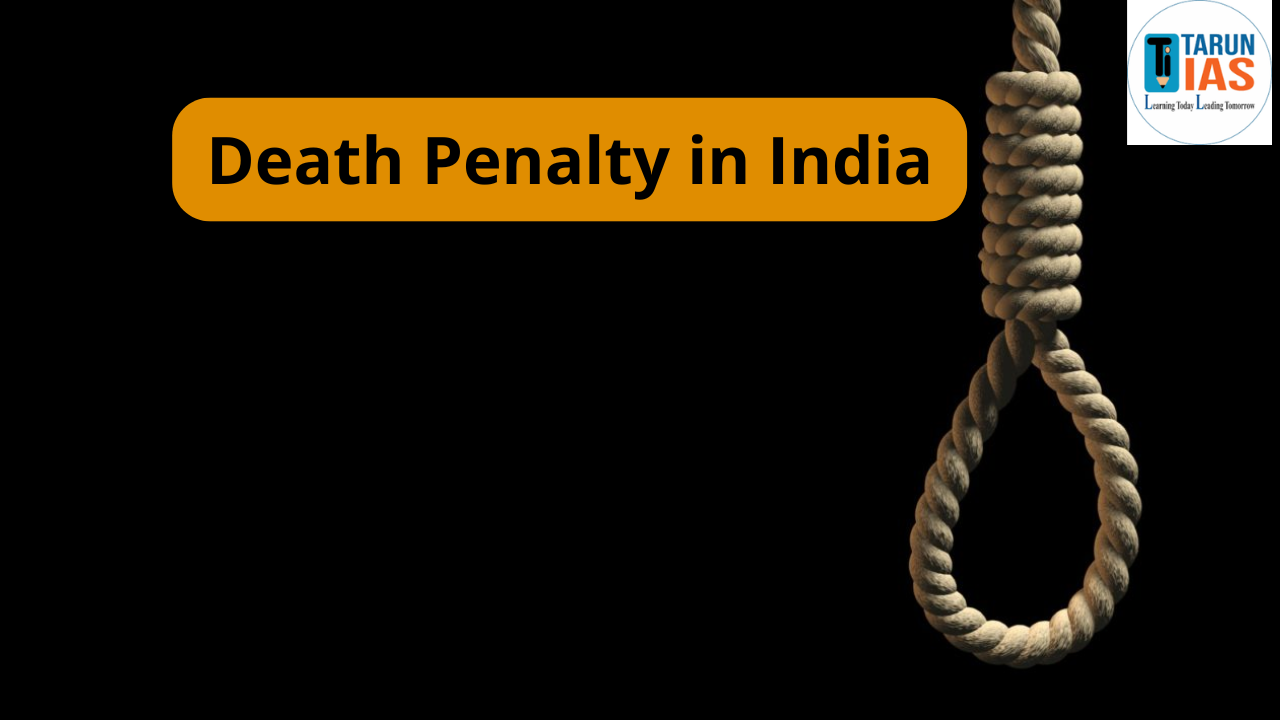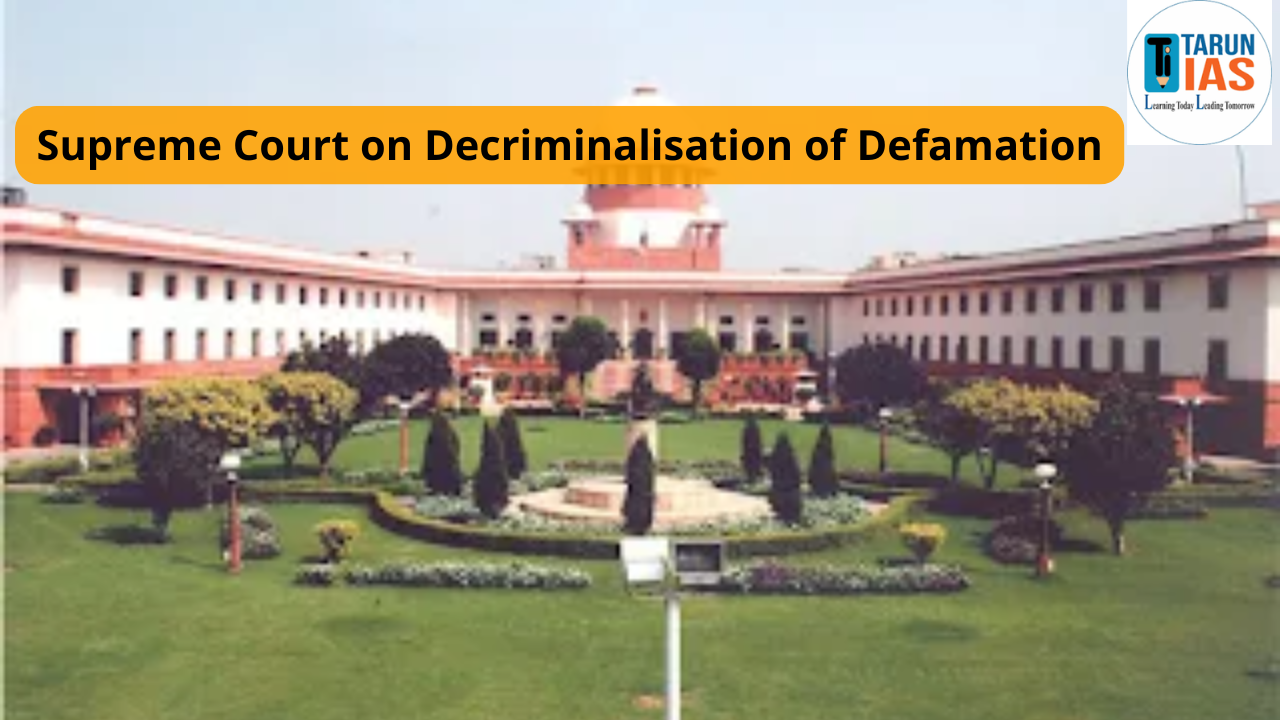India’s fight for independence wasn’t just led by men.it was equally supported and strengthened by brave women. Many Indian women stood up against British rule and made immense sacrifices. They didn’t fear torture, arrests, or even death. They played different roles. Some picked up weapons, some gave powerful speeches, some went to jail, and some worked silently in the background. But all of them had one goal .Freedom for India.
Female Freedom Fighters List
These women came from different backgrounds. Queens, social reformers, activists, and revolutionaries, but shared one goal: India’s independence. Some led armies, some inspired people through education and reform, while others fought from behind the scenes. Their courage, sacrifice, and dedication played a vital role in shaping India’s future. Here are 15 such remarkable women and their unique contributions to the nation’s freedom struggle.
Name |
Contribution |
Savitribai Phule |
Hailed as India’s first female teacher, she dedicated her life to educating women and the marginalized, becoming a pioneer of social reform and women’s empowerment in 19th-century India. |
Kittur Rani Chennamma |
As the queen of Kittur in Karnataka, she was one of the earliest Indian rulers to resist British rule through armed rebellion in 1824, decades before the Revolt of 1857. |
Begum Hazrat Mahal |
A fearless leader during the 1857 First War of Independence, she led a strong uprising in Lucknow and proved instrumental in resisting British forces after her husband was exiled. |
Rani Lakshmibai of Jhansi |
Remembered as the fierce warrior queen, she became a national icon of bravery by leading her troops against the British during the 1857 revolt, fighting until her last breath. |
Madam Bhikaji Cama |
A staunch nationalist and revolutionary, she unfurled the Indian flag on foreign soil (Germany, 1907) and strongly advocated for Indian independence while living in exile. |
Sarojini Naidu |
Known as the “Nightingale of India”, she was the first Indian woman to become Governor of a state and played a key role in both the Civil Disobedience and Quit India Movements. |
Annie Besant |
An Irish-born reformer and the first female president of the Indian National Congress, she founded the Home Rule League to demand self-governance for India. |
Kamala Nehru |
Actively involved in Gandhi’s movements, she organized protests, led picketing against foreign goods, and inspired women to join the Non-Cooperation Movement. |
Kasturba Gandhi |
More than just Mahatma Gandhi’s wife, she was a determined activist in her own right, working for women’s rights and participating in the Quit India and Civil Disobedience movements. |
Vijaya Lakshmi Pandit |
A trailblazer in diplomacy, she was the first Indian woman to lead a diplomatic mission abroad and later became the President of the UN General Assembly. |
Lakshmi Sahgal |
A former officer of the Indian National Army under Netaji Subhas Chandra Bose, she later founded the All India Democratic Women’s Association to champion women’s rights. |
Usha Mehta |
Known for setting up the Secret Congress Radio during the Quit India Movement, she used underground broadcasting to spread nationalist messages and counter British censorship. |
Aruna Asaf Ali |
A prominent face of underground resistance, she hoisted the national flag at Gowalia Tank Maidan during the Quit India Movement and edited the ‘Inquilab’ magazine. |
Kamaladevi Chattopadhyay |
A freedom fighter and cultural icon, she was the first Indian woman to contest and win a legislative seat in British India and worked tirelessly for handicraft revival post-independence. |
Sucheta Kripalani |
A key member of the Quit India Movement and the first woman to serve as Chief Minister of an Indian state (Uttar Pradesh), she left a lasting impact on Indian politics. |
Female Freedom Fighters of India
the some most prominent female freedom fighters of India, each of whom played a vital role in the country’s struggle for independence by showing extraordinary courage, leadership, and dedication, whether by leading armed rebellions, participating in mass movements like the Non-Cooperation and Quit India Movements, promoting women’s education and social reforms, or inspiring thousands through their speeches, writings, and underground activities. All of which helped shape the nation’s path toward freedom from British rule.
Here is the list of some prominent female freedom fighters with their roles explained in simple words.
Rani Lakshmibai
Rani Lakshmibai of Jhansi is one of the most iconic female figures in Indian history. After the death of her husband, Raja Gangadhar Rao, the British tried to annex Jhansi under the Doctrine of Lapse. But Lakshmibai refused to give up. Dressed in men’s attire, sword in hand, she led her army in the Revolt of 1857. She died on the battlefield but left behind a legacy of unmatched bravery that continues to inspire Indians even today.
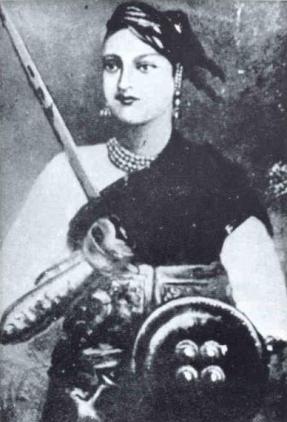
Begum Hazrat Mahal
-
Begum Hazrat Mahal, wife of Nawab Wajid Ali Shah of Awadh (Lucknow), actively led the revolt against British policies, especially the Doctrine of Lapse. She refused to surrender and gave strong resistance during the 1857 uprising. After Lucknow fell, she took refuge in Kathmandu, but her role in the rebellion earned her a place of pride in India’s history.
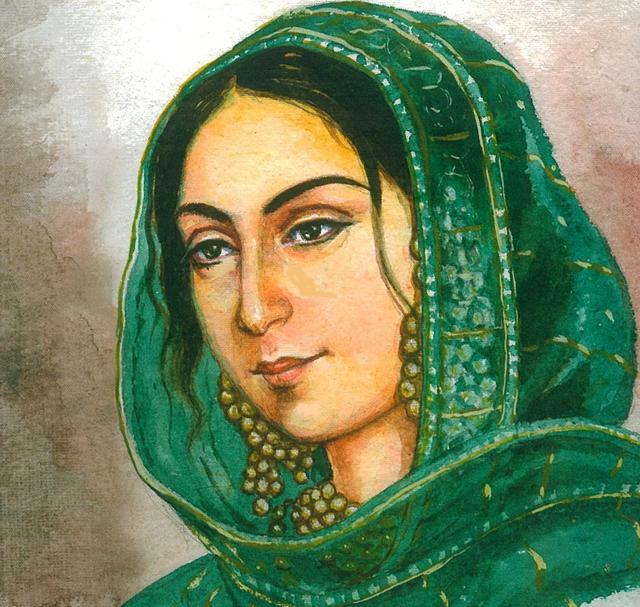
Kasturba Gandhi
-
Kasturba Gandhi, wife of Mahatma Gandhi, was one of the earliest women to support Gandhian movements. She joined him in civil disobedience activities and even went to jail in South Africa and India. She continued her activism until she passed away in prison during the Quit India Movement in 1944.

Kamala Nehru
-
Married to Jawaharlal Nehru in 1916, Kamala Nehru wasn’t just a politician’s wife. She actively led protest marches and mobilized women during the Civil Disobedience Movement. Her leadership in the No-Tax Campaign in the United Provinces made her a respected figure in the national movement.
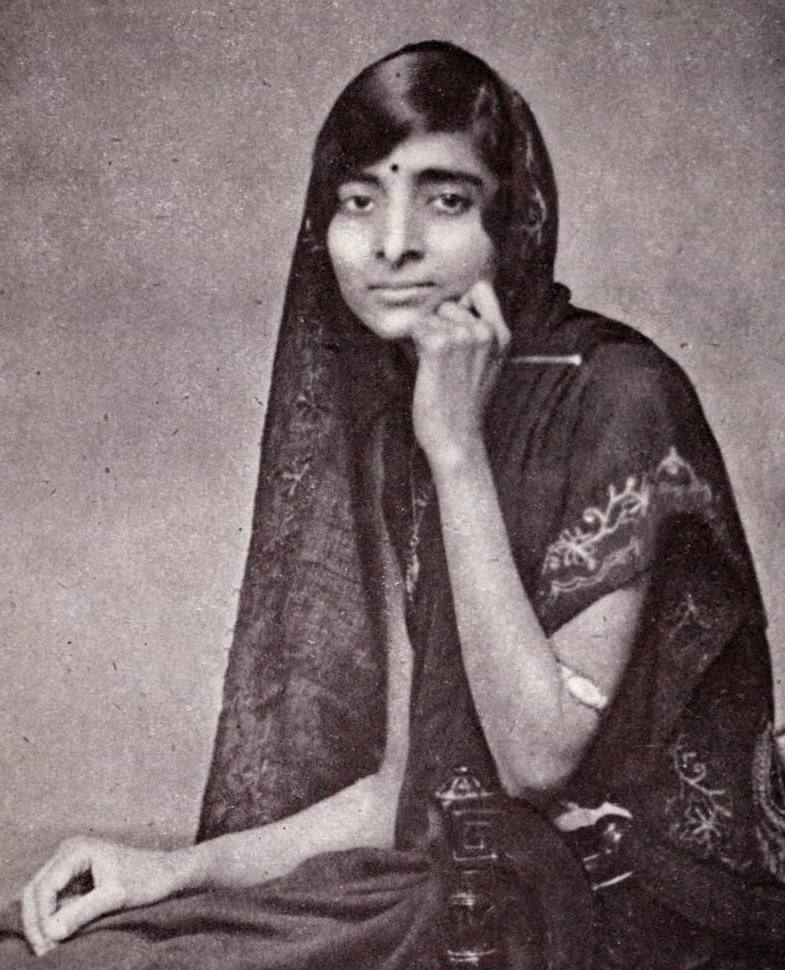
Vijayalakshmi Pandit
-
The sister of Jawaharlal Nehru, Vijayalakshmi Pandit took part in the Non-Cooperation and Civil Disobedience Movements. Jailed multiple times, she later represented India internationally. She became the first woman to preside over the United Nations General Assembly, making the nation proud on the global stage.

Sarojini Naidu
-
Sarojini Naidu was a poet, orator, and a political leader. She awakened Indian women through her powerful speeches and poetry. In 1925, she became the first Indian woman President of the Congress. She played a major role in the Salt Satyagraha and was imprisoned several times. After independence, she became the first woman Governor of Uttar Pradesh.
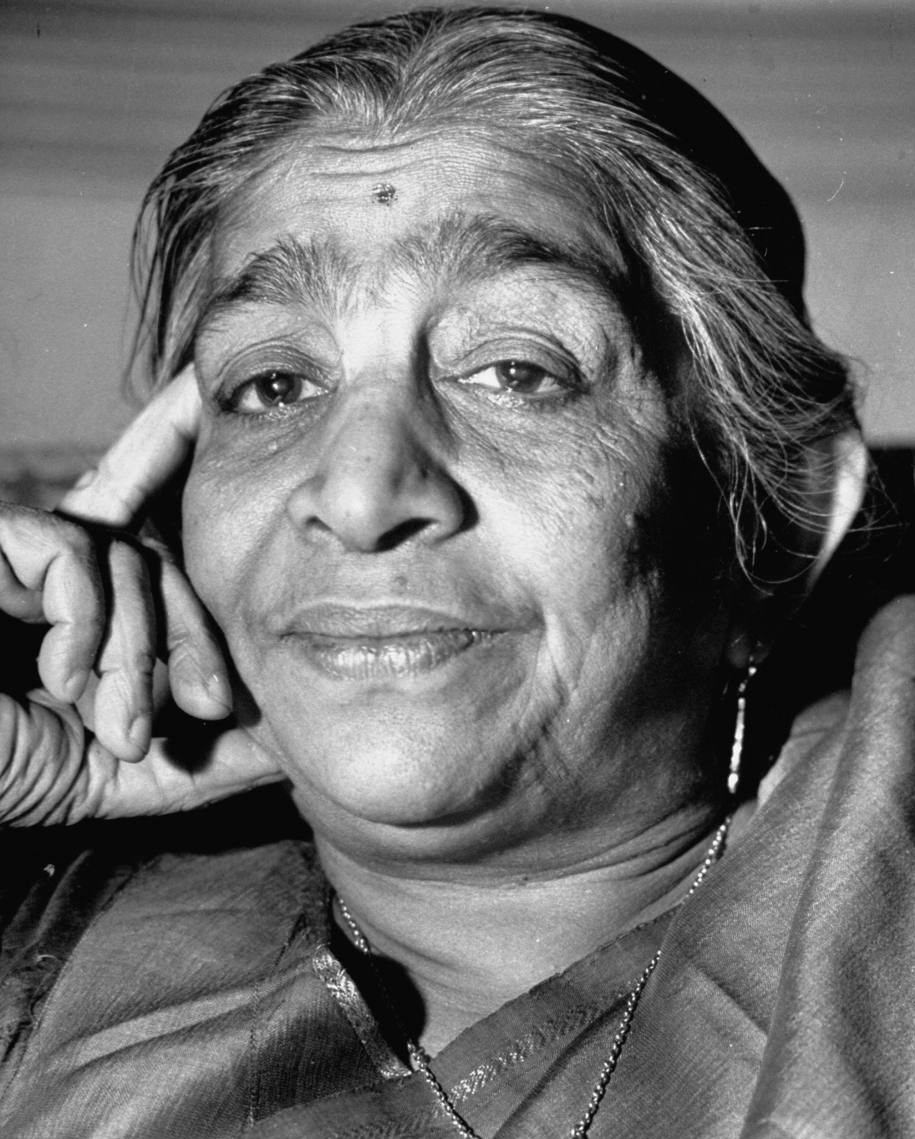
Aruna Asaf Ali
-
Aruna Asaf Ali is remembered for raising the Indian flag at the Gowalia Tank Maidan in Mumbai in 1942, symbolizing the start of the Quit India Movement. She went underground to avoid arrest and edited the underground Congress journal ‘Inquilab’. Her courage earned her the Bharat Ratna posthumously.

Madam Bhikaji Cama
-
Madam Cama unfurled the first Indian national flag on foreign soil in Stuttgart, Germany in 1907. She published the journal ‘Bande Mataram’ and created awareness about India’s freedom struggle across Europe. She was a true global voice of Indian resistance against British rule.
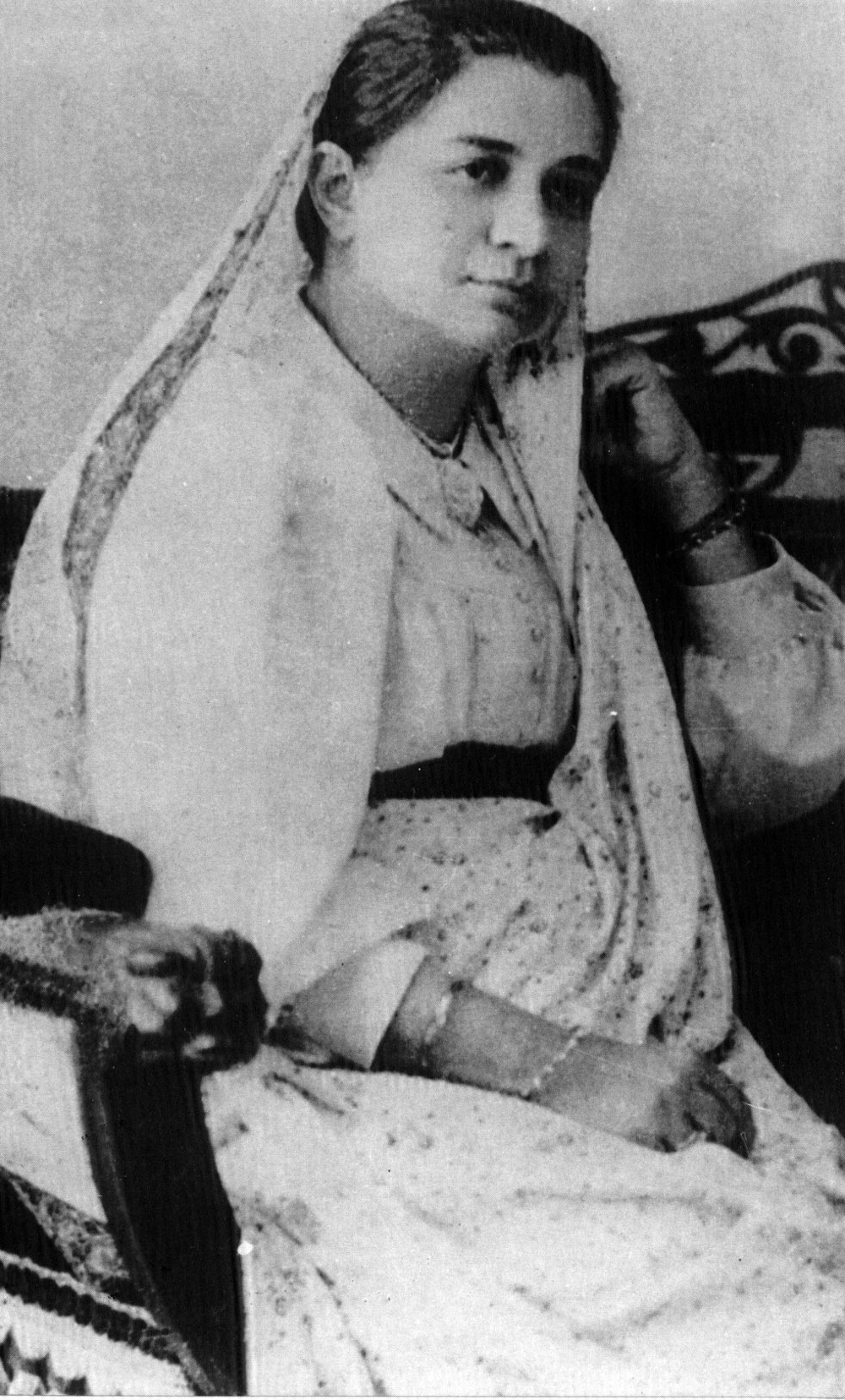
Kamaladevi Chattopadhyay
-
Kamaladevi played a key role in the Salt Satyagraha and also in reviving Indian handicrafts and art. She was a fearless activist who once held on to the national
-
flag during a scuffle and was beaten badly. She later became the force behind the All India Women’s Conference and worked for women’s empowerment.
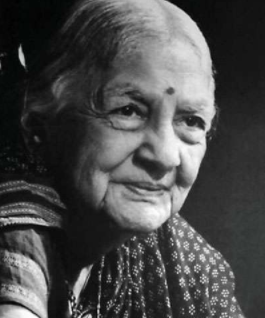
Sucheta Kriplani
-
Sucheta Kriplani was a true patriot and close associate of JP Narayan. She sang “Vande Mataram” on 15 August 1947 in the Constituent Assembly. She later became India’s first woman Chief Minister (Uttar Pradesh) and worked for education and health reforms. She was also part of the Constitution-making process in 1946.
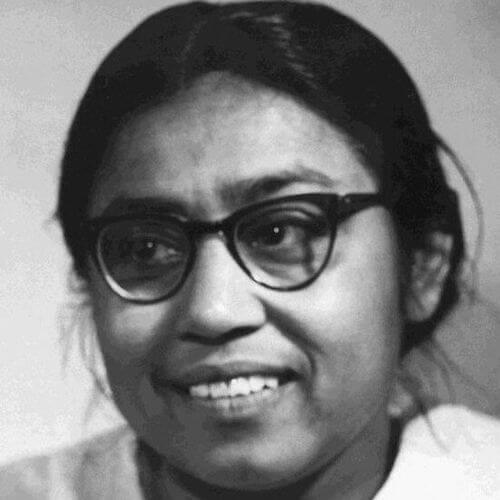
Annie Besant
-
Born in Ireland, Annie Besant was deeply involved in India’s struggle. She joined the Theosophical Society and later started the Home Rule Movement with Bal Gangadhar Tilak. In 1917, she became the first woman President of the Indian National Congress. She promoted self-rule and women’s rights throughout her life.
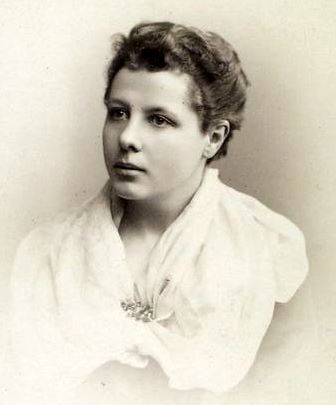
Rani Chennamma of Kittur
-
Much before Lakshmibai, Rani Chennamma of Kittur in Karnataka had challenged British rule in 1824. After her son’s death, the British tried to annex her kingdom under the Doctrine of Lapse. She led a strong resistance but was later captured and imprisoned. Her bravery remains a symbol of resistance in southern India.
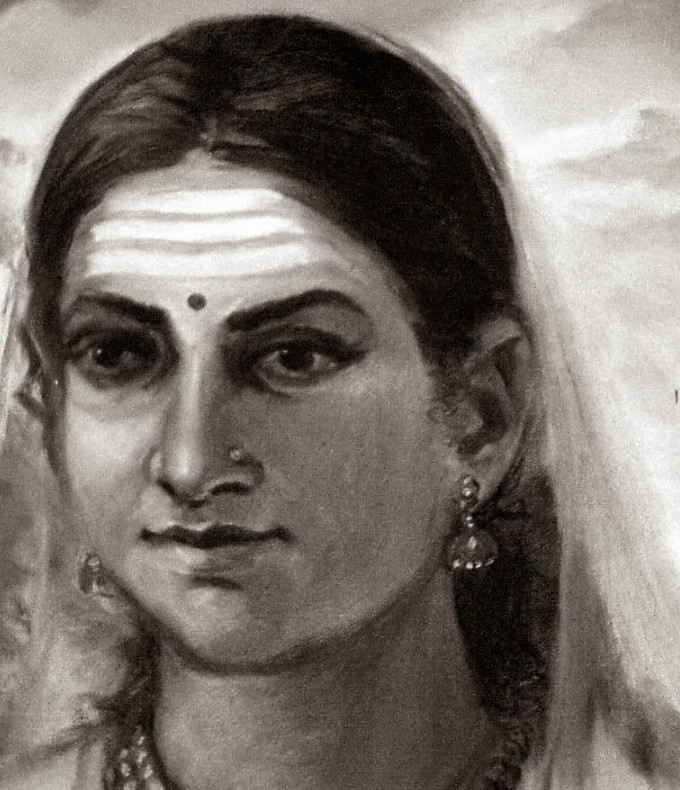
Savitribai Phule
-
Savitribai Phule was not a freedom fighter in the traditional sense but was a social revolutionary. She and her husband Jyotirao Phule opened the first school for girls in Pune. She fought against caste and gender discrimination and is remembered as India’s first female teacher and educationist.
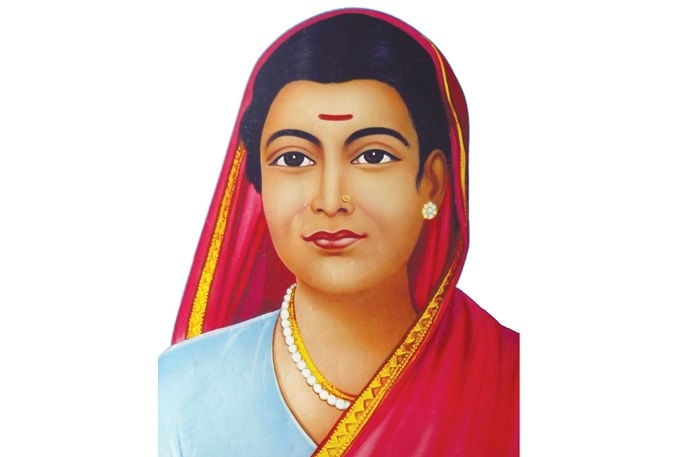
Usha Mehta
-
Usha Mehta, born in Gujarat, started protesting against the British from the age of 8. During the Quit India Movement, she secretly ran the Congress Radio which spread messages from leaders like Gandhi when the British had banned all public communication. She was later awarded the Padma Vibhushan for her service.
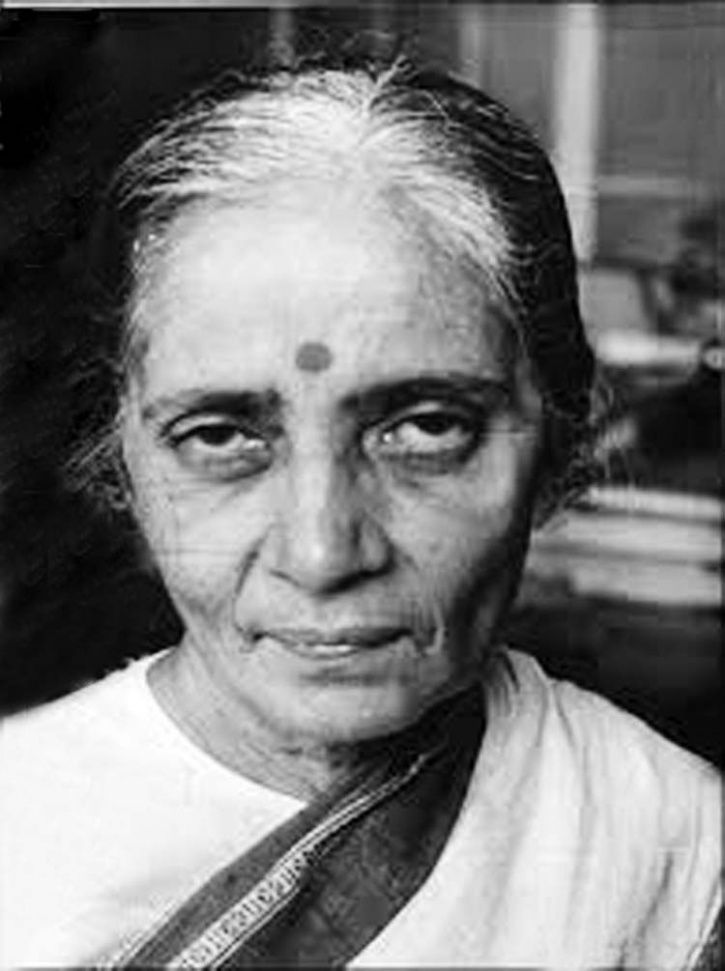
Captain Lakshmi Sahgal
-
Dr. Lakshmi Sahgal was a leading member of Subhas Chandra Bose’s Indian National Army (INA). She commanded the Rani of Jhansi Regiment, an all-women combat unit. She was also a doctor and later worked for refugee relief. Her spirit of service lasted until her last days.
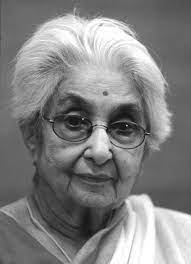
Conclusion
Women were not just helpers, they were leaders in India’s freedom movement. They walked beside men, and sometimes even ahead of them. Their names must be remembered, but to honour their legacy.
Female Freedom Fighters List FAQs
Who were the most famous female freedom fighters of India?
Some of the most famous female freedom fighters of India include Rani Lakshmibai, Sarojini Naidu, Begum Hazrat Mahal, Madam Bhikaji Cama, Kasturba Gandhi, Aruna Asaf Ali, Captain Lakshmi Sahgal, and Annie Besant. These women played key roles in armed resistance, civil disobedience, reform movements, and inspired millions with their courage and sacrifice during India’s struggle for independence.
What was the role of women in India’s freedom movement?
Women in India’s freedom struggle played vital roles as revolutionaries, reformers, leaders, and supporters. Some led armies, like Rani Lakshmibai and Rani Chennamma, while others organized mass protests, underground radios, or promoted education and social reform like Savitribai Phule and Kamaladevi Chattopadhyay. Their involvement was not limited to the background they were at the forefront, fighting for the nation’s freedom.
Who was the first Indian woman to become the President of the Indian National Congress?
Annie Besant, an Irish-born activist, was the first woman to become President of the Indian National Congress in 1917. She founded the Home Rule League and strongly advocated for self-rule in India. She also promoted education, women’s rights, and was deeply involved in India’s national awakening.
What were the contributions of Sarojini Naidu in India’s independence?
Sarojini Naidu, known as the Nightingale of India, was a powerful orator, poet, and political leader. She participated in the Non-Cooperation Movement, Salt Satyagraha, and Quit India Movement, and was imprisoned multiple times. She became the first Indian woman Governor of Uttar Pradesh after independence and was also the first woman to become President of the Indian National Congress.
Did women take part in armed resistance during the Indian freedom struggle?
Yes, several women took part in armed resistance. Notable among them were Rani Lakshmibai of Jhansi, Kittur Rani Chennamma, Begum Hazrat Mahal, and Captain Lakshmi Sahgal of the Indian National Army. They led troops, fought on the battlefield, and challenged British forces directly, breaking traditional gender roles and becoming symbols of Indian bravery.



